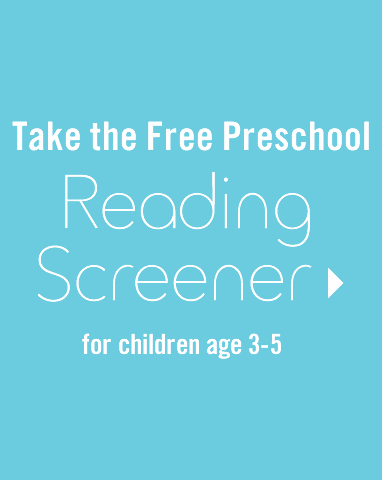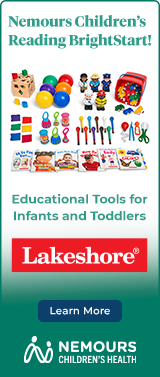Number Correct Stage Description 0-5 One Enjoys books and drawing and is developing some important reading readiness skills, including listening skills and concepts about print. 6-16 Two Beginning to master letters of the alphabet and is developing expertise with listening and speaking Developing an active interest in reading and may contribute to the story telling. Read more…
Strong foundation across four essential reading readiness areas: Oral Language, Letter Knowledge, Phonological Awareness and Beginning Writing.
Mastering many important letter knowledge, phonological awareness and beginning writing skills that provide a solid foundation for later reading.
Beginning to master letters of the alphabet and is developing expertise with listening and speaking. Developing an active interest in reading and may contribute to the story telling.
Enjoys books and drawing and is developing some important reading readiness skills, including listening skills and concepts about print.
Phonological awareness includes understanding that spoken words are made up of syllables and sounds that we can separate and blend, that some words start with the same sound, and that some words rhyme. How can I help? Count syllables in words. Help your child think of as many family members or friends who have a one-syllable name. Read more…
Phonological awareness includes understanding that spoken words are made up of syllables and sounds that we can separate and blend, that some words start with the same sound, and that some words rhyme. How can I help? Count syllables in words. Look for pictures in magazines and books or objects around the house that have the same Read more…
Phonological awareness includes understanding that spoken words are made up of syllables and sounds that we can separate and blend, that some words start with the same sound, and that some words rhyme. How can I help? Give your child repeated exposure to rhyming words. Create several different rhyming bags. Help your child gather objects from around Read more…
Phonological awareness includes understanding that spoken words are made up of syllables and sounds that we can separate and blend, that some words start with the same sound, and that some words rhyme. How can I help? Use movement to help your child understand syllables in words. For example, clap your hands, stomp your feet or tap Read more…
Phonological awareness includes understanding that spoken words are made up of syllables and sounds that we can separate and blend, that some words start with the same sound, and that some words rhyme. How can I help? Use movement to help your child understand syllables in words. Say your child’s name and then clap the syllables. For Read more…








